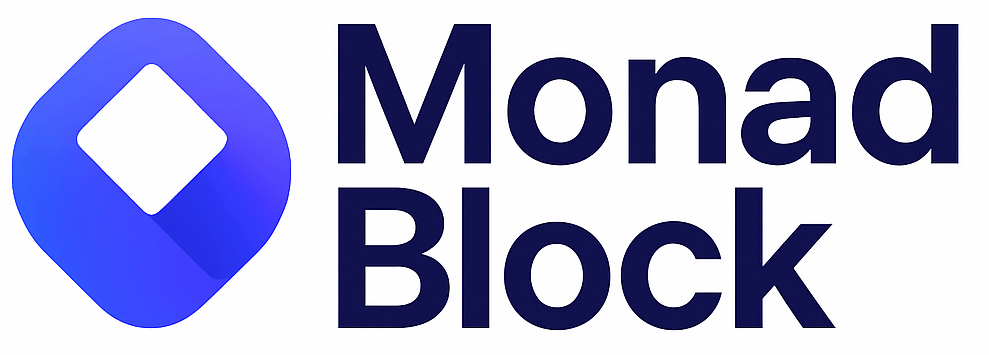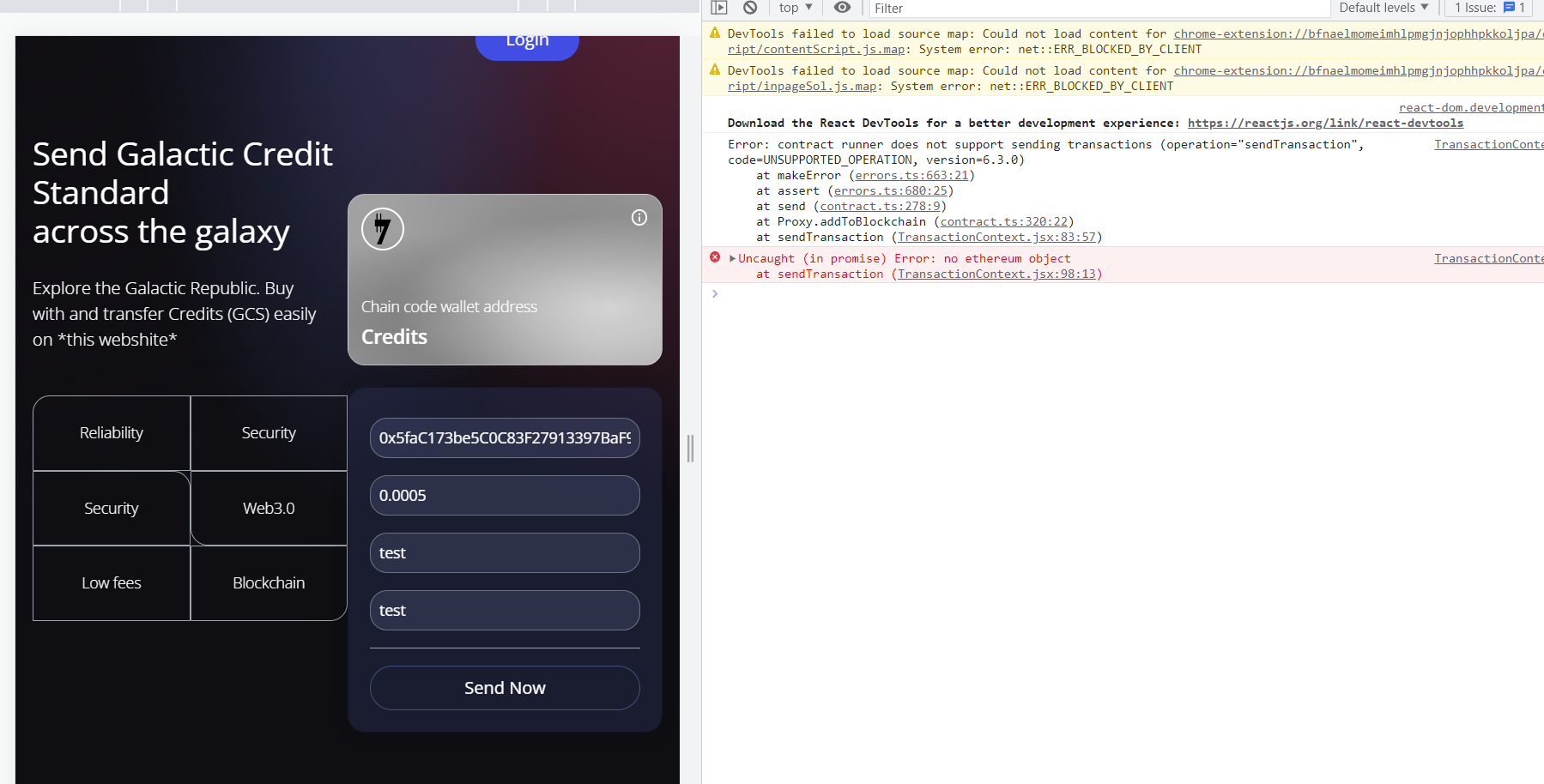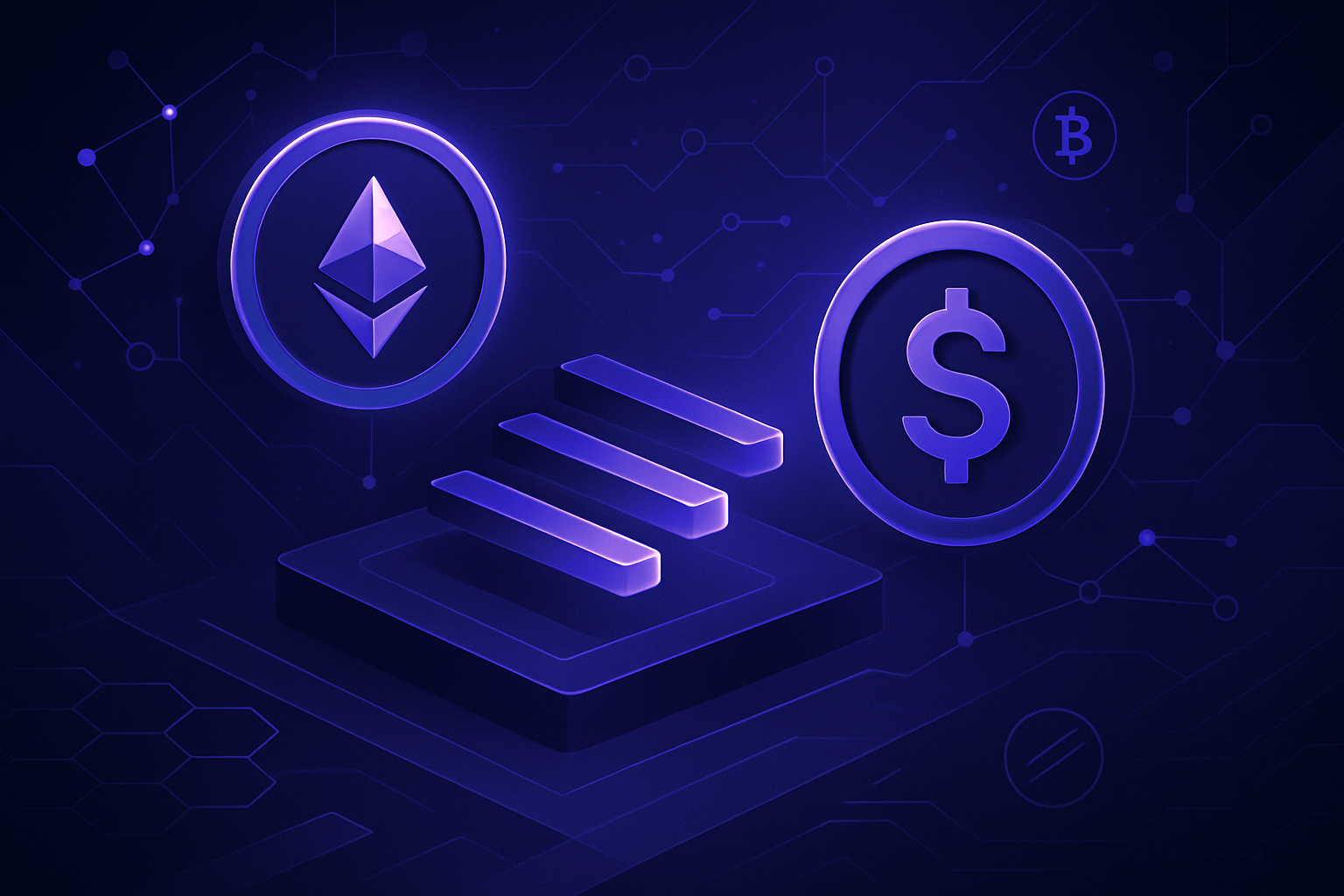
Building high-throughput decentralized applications is no longer just the domain of bespoke chains or Layer-2 solutions. With Monad, developers can now fork EVM clients and deploy on an Ethereum-compatible Layer-1 that delivers over 10,000 TPS and sub-second finality. This guide explores how Monad’s architecture enables maximum throughput and what developers need to know to take full advantage of its parallel execution engine.

Why Fork an EVM Client for Monad?
Forking an EVM client is a proven path for launching new networks, but on Monad, it’s more than just a copy-paste exercise. Thanks to full EVM bytecode compatibility, you can redeploy existing Ethereum applications without code changes or recompilation. This means your smart contracts, tooling, and developer workflows remain intact while gaining access to Monad’s performance innovations:
- Parallel Execution: Monad predicts transaction dependencies and executes compatible transactions simultaneously, maximizing CPU utilization.
- Asynchronous Consensus and Execution: By decoupling consensus from execution, the chain increases throughput without sacrificing security or liveness.
- Cancun Fork Support: Advanced EVM opcodes like TSTORE, TLOAD, and MCOPY are already live on Monad.
- Ethereum RPC Compatibility: Integrate with familiar tools like MetaMask and Etherscan out of the box.
This approach accelerates ecosystem growth by letting teams migrate dApps instantly while unlocking new scaling frontiers.
The Architecture That Powers Maximum Throughput
The real engine under the hood is Monad’s innovative parallelized EVM architecture. Unlike sequential blockchains where each transaction waits its turn, Monad uses multiple virtual machines to process transactions in parallel. Here’s how it works at a high level:
Key Technical Innovations in Monad’s Architecture
-
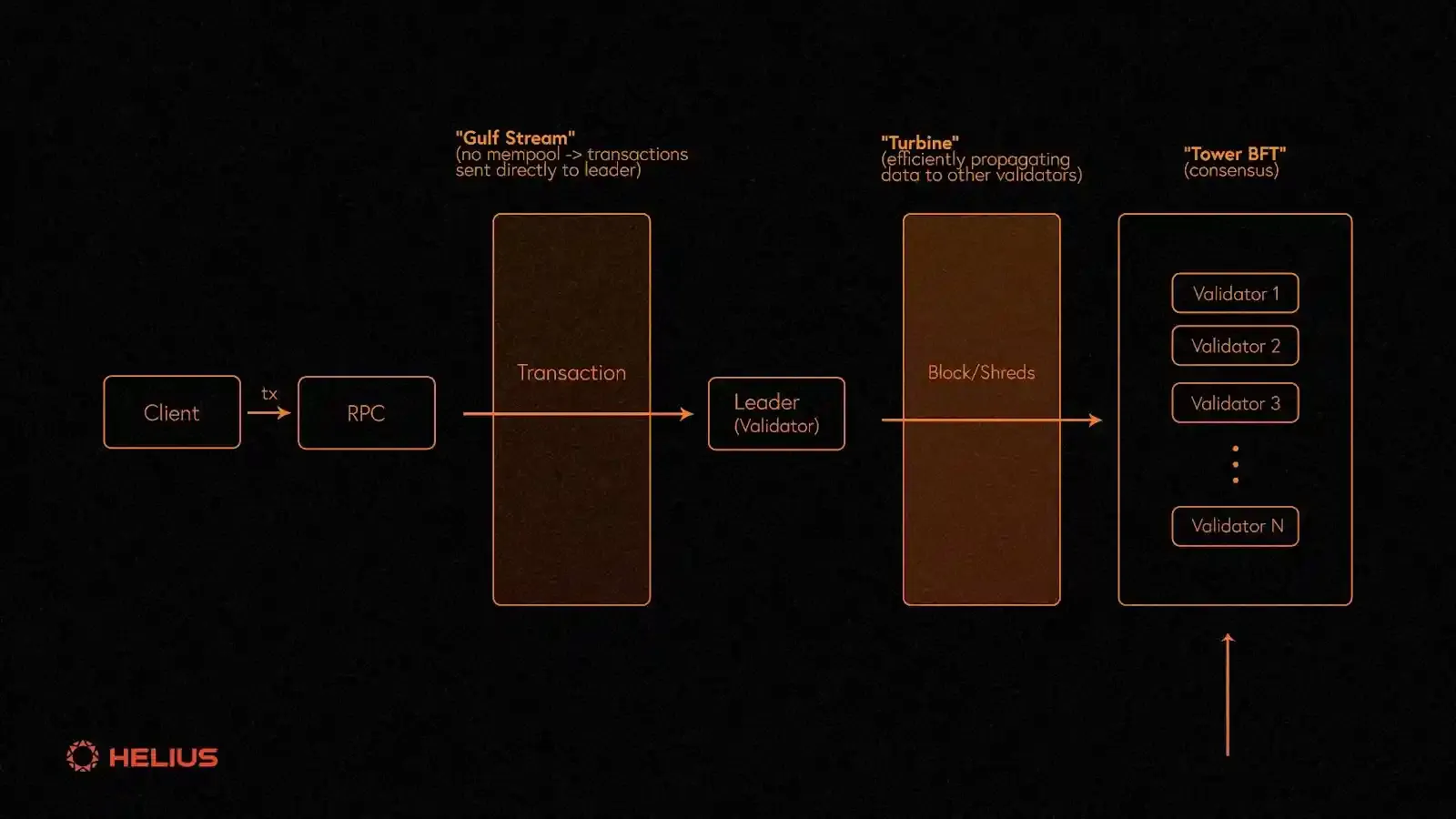
MonadBFT Consensus Mechanism: Monad employs an optimized Byzantine Fault Tolerant (BFT) protocol inspired by HotStuff. This consensus mechanism reduces communication phases, enabling 500ms block times and 1-second finality, which significantly increases throughput while maintaining security.
-
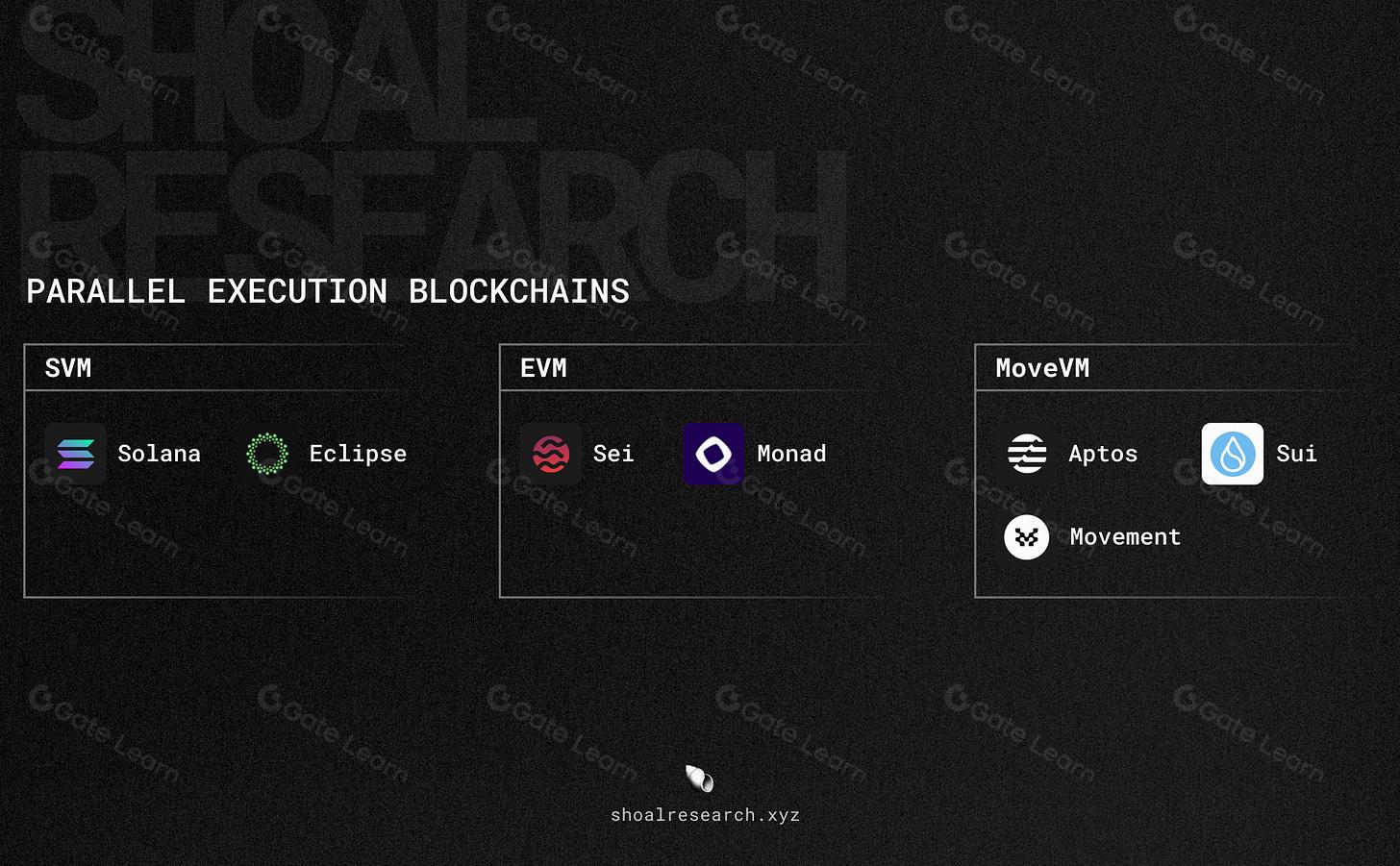
Parallel Execution Engine: Monad’s architecture processes transactions in parallel using multiple virtual machines. By predicting transaction dependencies and optimizing scheduling, Monad maximizes resource utilization and achieves high transaction throughput without sacrificing execution correctness.
-
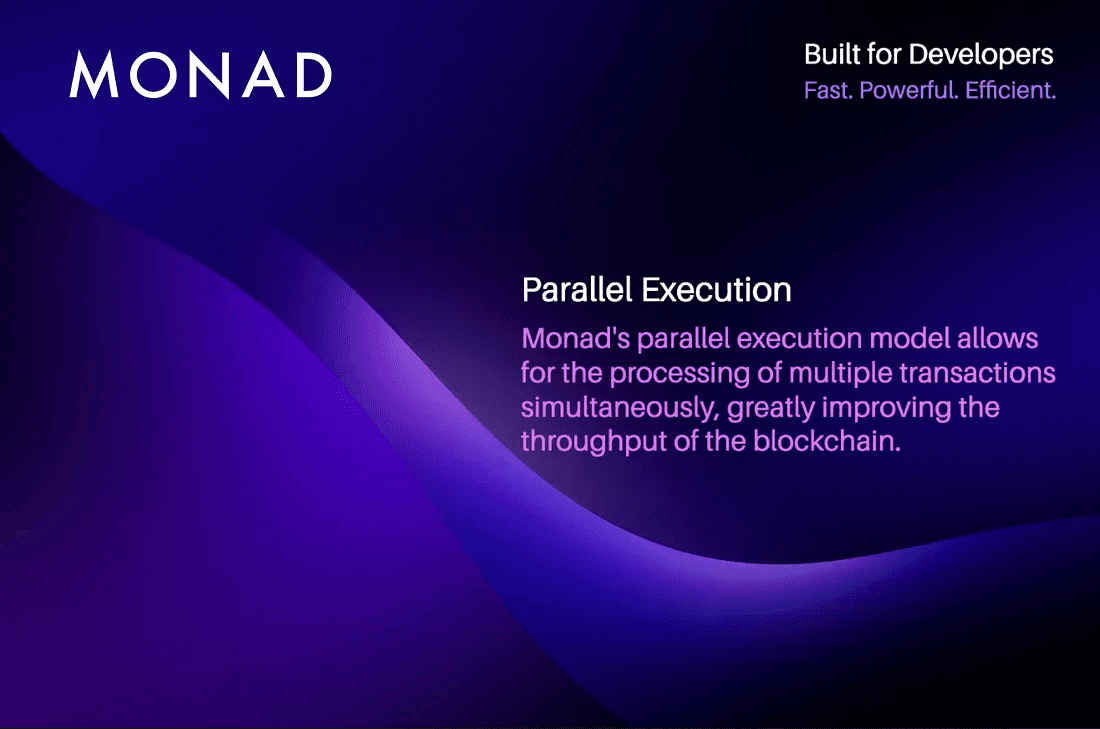
Asynchronous Processing: Monad decouples consensus from execution, allowing both processes to run concurrently. This asynchronous execution model increases the available time for transaction processing, further enhancing overall network throughput and efficiency.
-

MonadDB State Database: Monad introduces a custom state database, MonadDB, optimized for efficient storage and parallel access of Merkle Patricia Trie data. This innovation underpins the platform’s ability to handle high-volume, parallelized transaction processing.
This design requires careful dependency prediction – only independent transactions can be executed simultaneously. After parallel processing, results are merged sequentially to guarantee correct state transitions. The result? Lightning-fast block times (as low as 500ms) and consistent single-slot finality.
Developer Workflow: From Forking to Deployment
If you’re considering forking an EVM client for deployment on Monad, here’s what the process typically looks like:
- Select Your Base Client: Choose a popular open-source Ethereum client (like Geth or Nethermind) as your starting point.
- Migrate State and Contracts: Since Monad is bytecode-equivalent with Ethereum, you can redeploy contracts directly without modification.
- Tune for Parallelism: Adjust your infrastructure to maximize CPU core usage – recommended specs are a 16-core CPU at 4.5 GHz and, 32 GB RAM, and dual NVMe SSDs (see detailed requirements here).
- Leverage Familiar Tooling: Use existing RPC endpoints and developer tools thanks to full compatibility; plug into MetaMask or use standard libraries like ethers. js without friction.
This seamless workflow dramatically lowers barriers for both new projects and established teams seeking higher throughput without abandoning their codebase or developer stack.
Once your environment is tuned for Monad’s parallel execution, the next step is to measure and optimize your blockchain throughput in real-world scenarios. With Monad, traditional bottlenecks, like sequential transaction processing and slow block finality, are replaced by a system designed for speed and scale. Developers can now focus on squeezing every ounce of performance from their dApps, leveraging both hardware and software optimizations.
Measuring and Maximizing Throughput on Monad
To truly harness Monad’s capabilities, you’ll want to benchmark your application’s throughput and latency under realistic network conditions. Here are key strategies:
Best Practices for Measuring Monad Blockchain Throughput
-
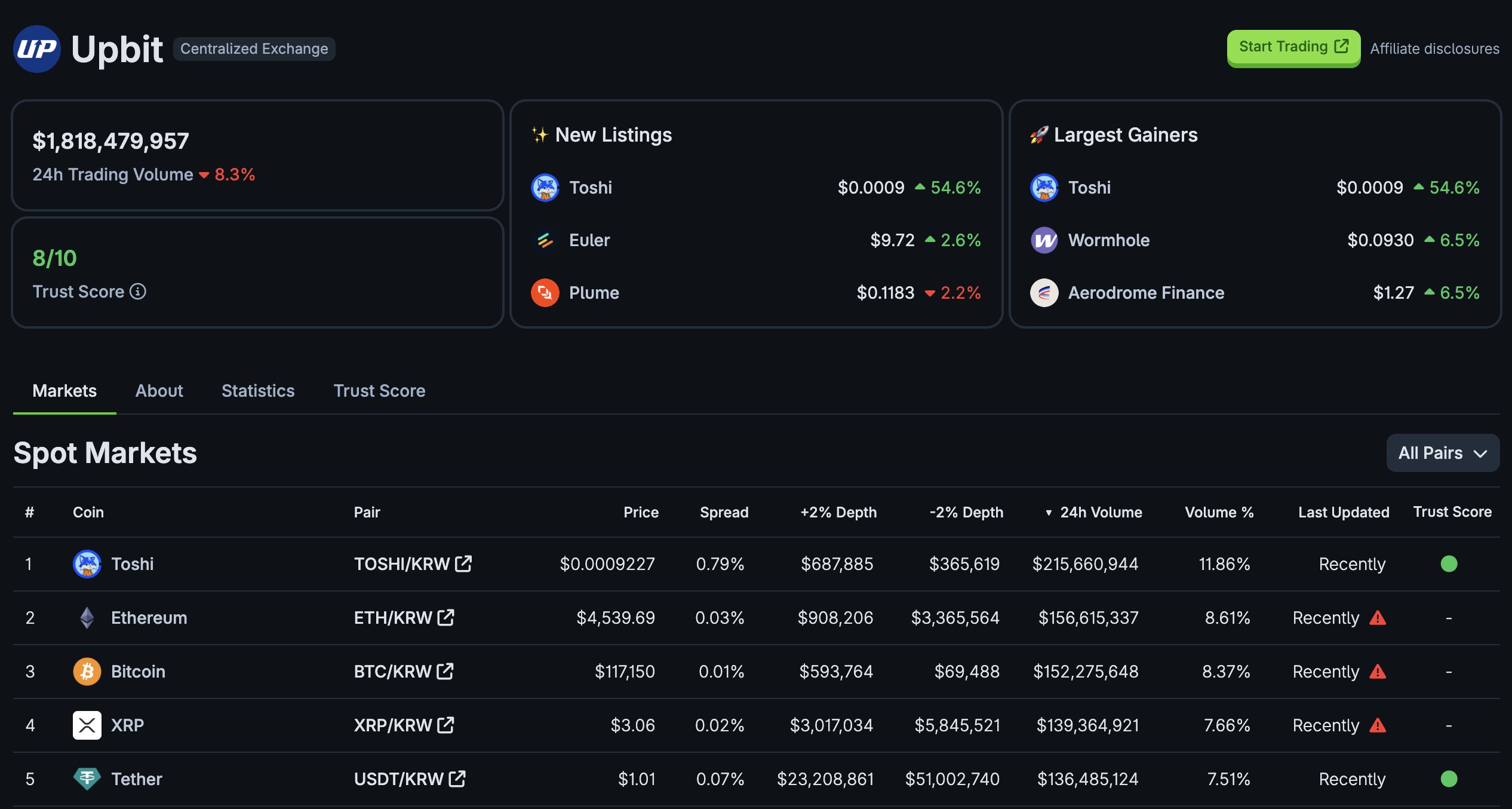
Leverage Ethereum-Compatible Benchmarking Tools: Utilize established tools like eth-bench and evm-benchmarks to simulate and measure transaction throughput on Monad. These tools are compatible due to Monad’s full EVM bytecode support, enabling realistic performance comparisons.
-
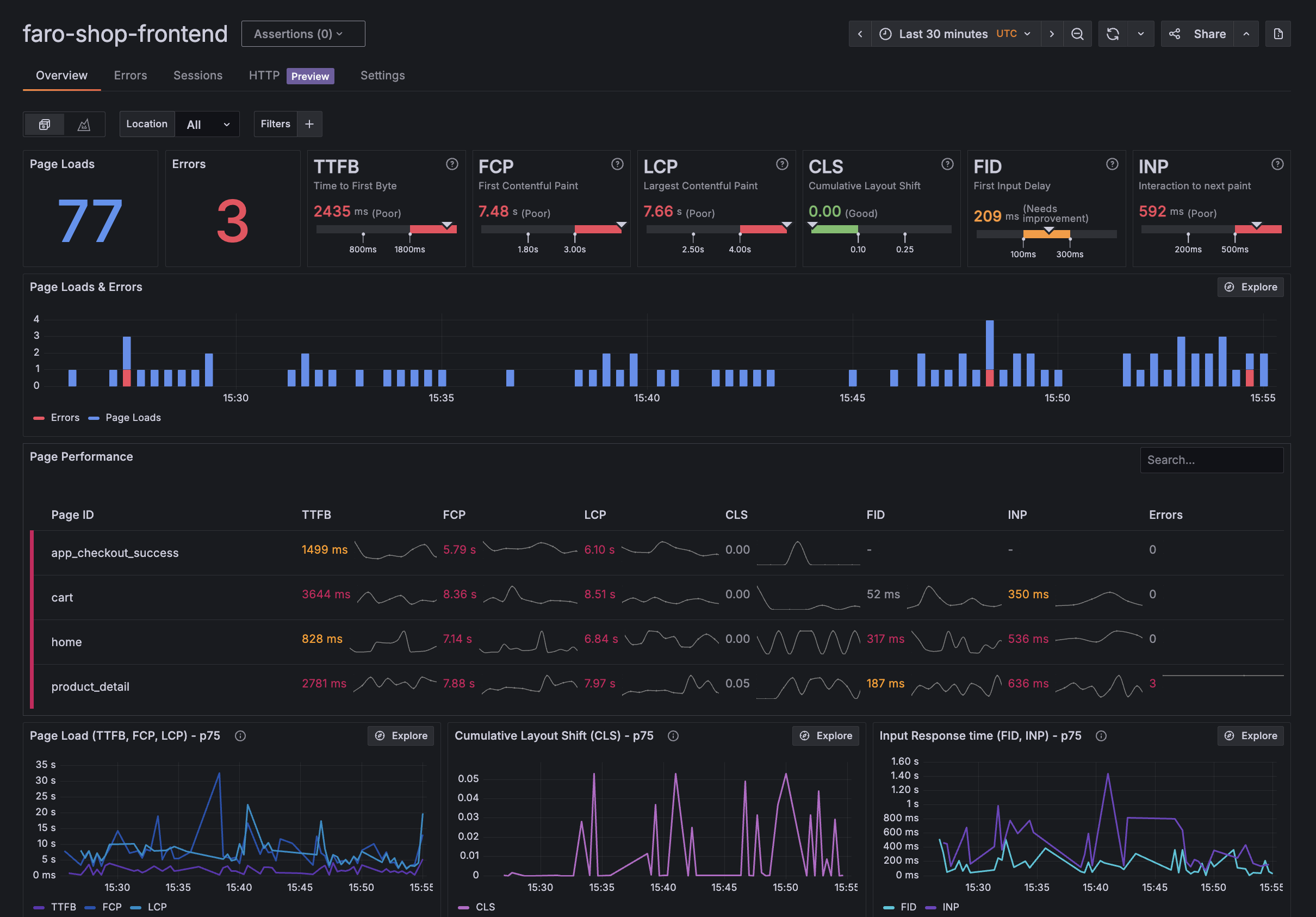
Monitor Key Throughput Metrics: Track essential metrics such as transactions per second (TPS), block time (targeting 500ms on Monad), block gas usage (up to 150 million gas per block on testnet), and latency to finality (1 second). Tools like Grafana and Prometheus can visualize these metrics in real time.
-
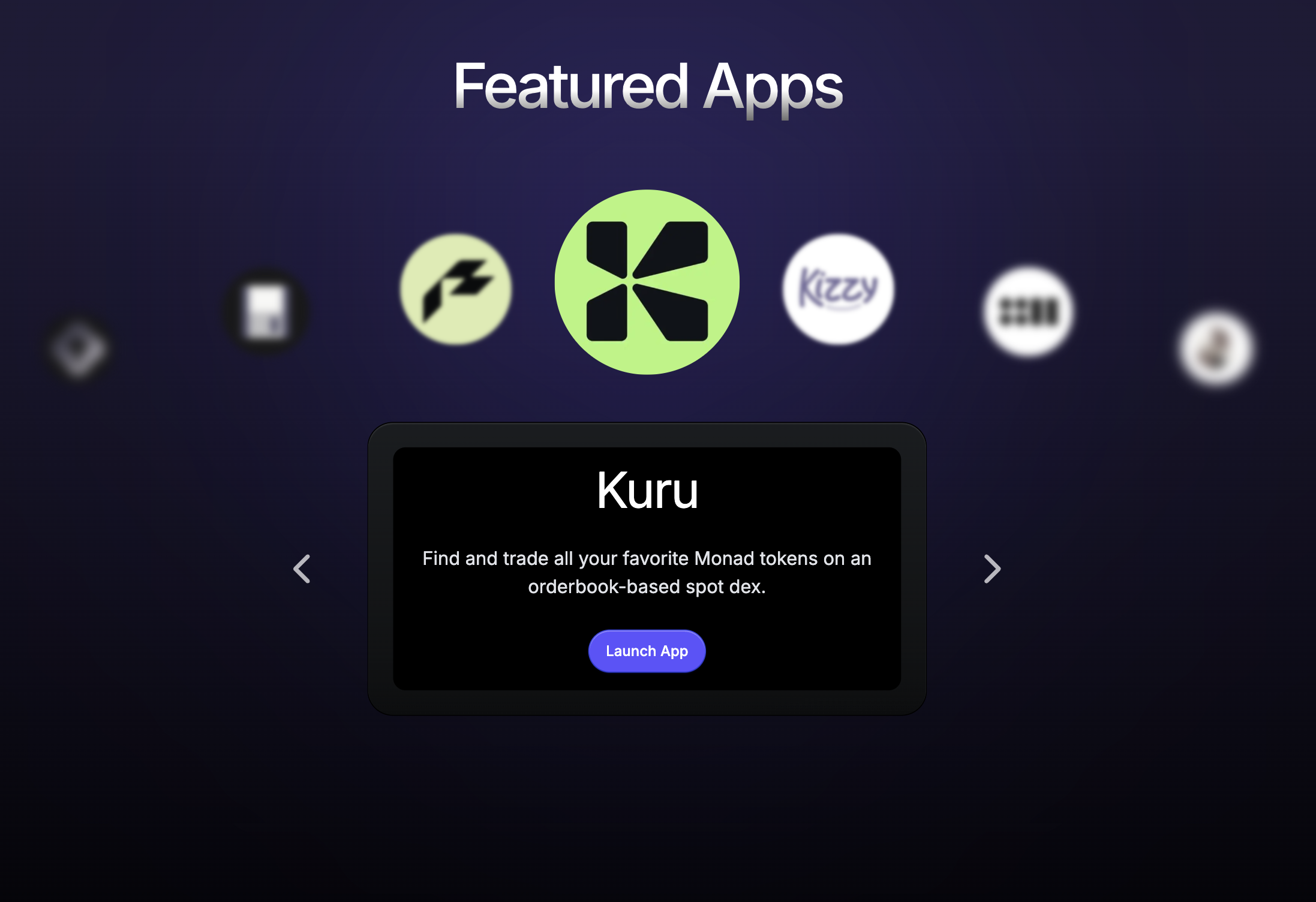
Set Up a Dedicated Testnet Environment: Deploy a private or public Monad testnet node using the official Monad documentation. Ensure your hardware meets recommended specs (16-core CPU, 32GB RAM, dual NVMe SSDs) to avoid bottlenecks during stress tests.
-
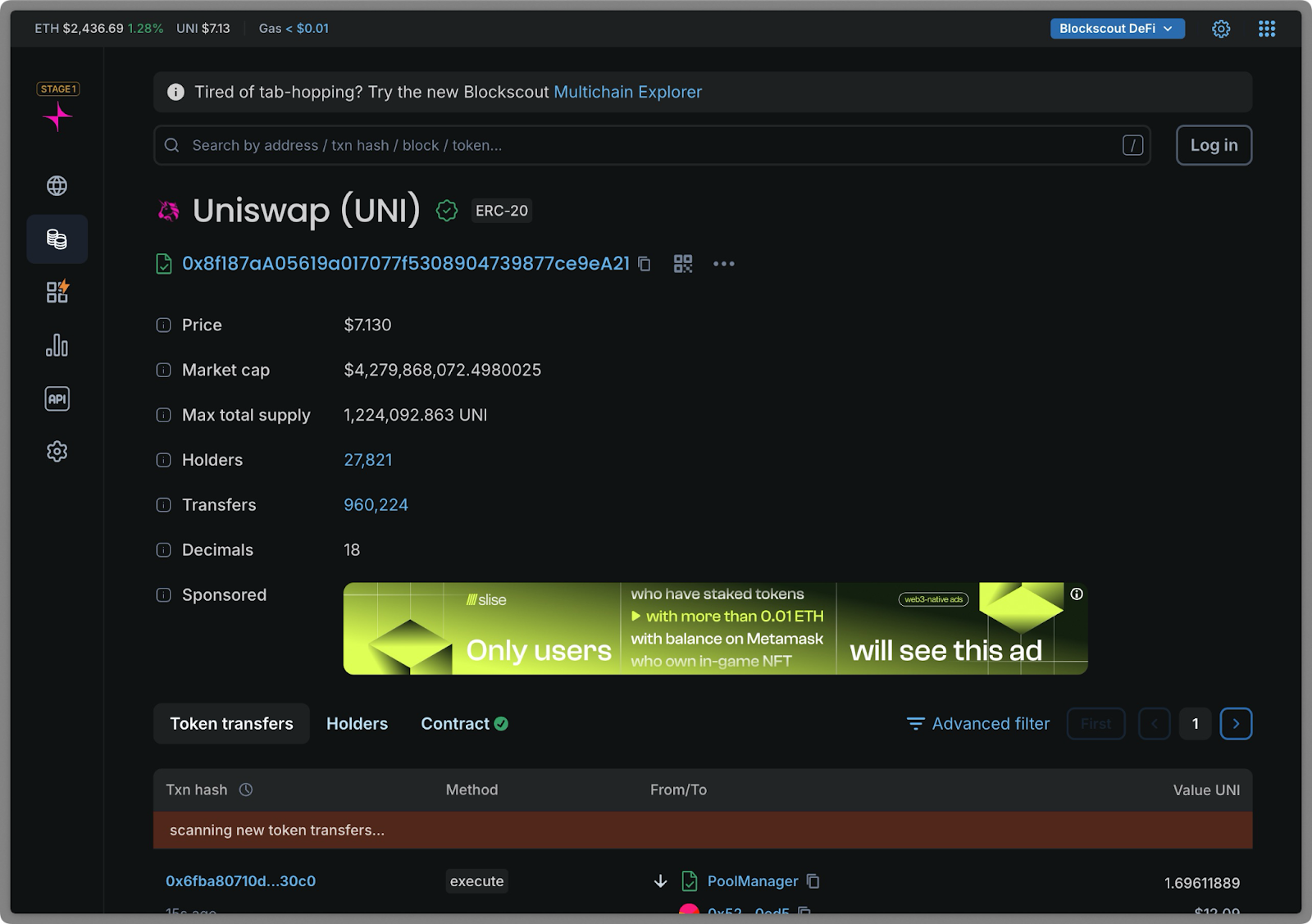
Analyze Execution and Consensus Performance: Leverage debugging and tracing tools to inspect transaction execution order, parallelism, and consensus phases. This is crucial for understanding how MonadBFT and parallel VM scheduling impact actual throughput.
-
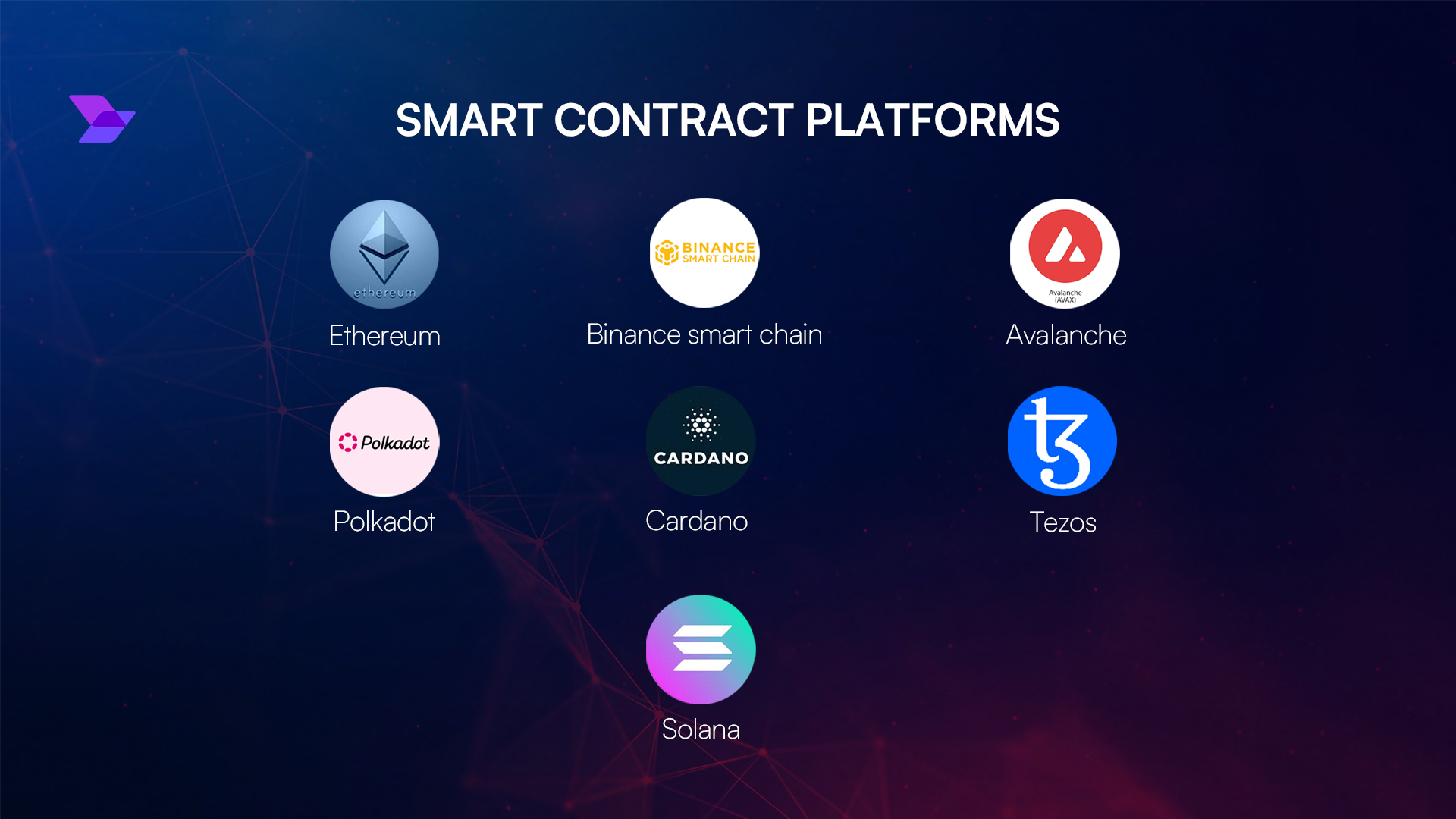
Compare Against Baseline EVM Chains: Run identical benchmarking workflows on Ethereum testnets (like Goerli or Sepolia) to contextualize Monad’s performance gains. Use the same tools and scripts for accurate, apples-to-apples comparisons.
-
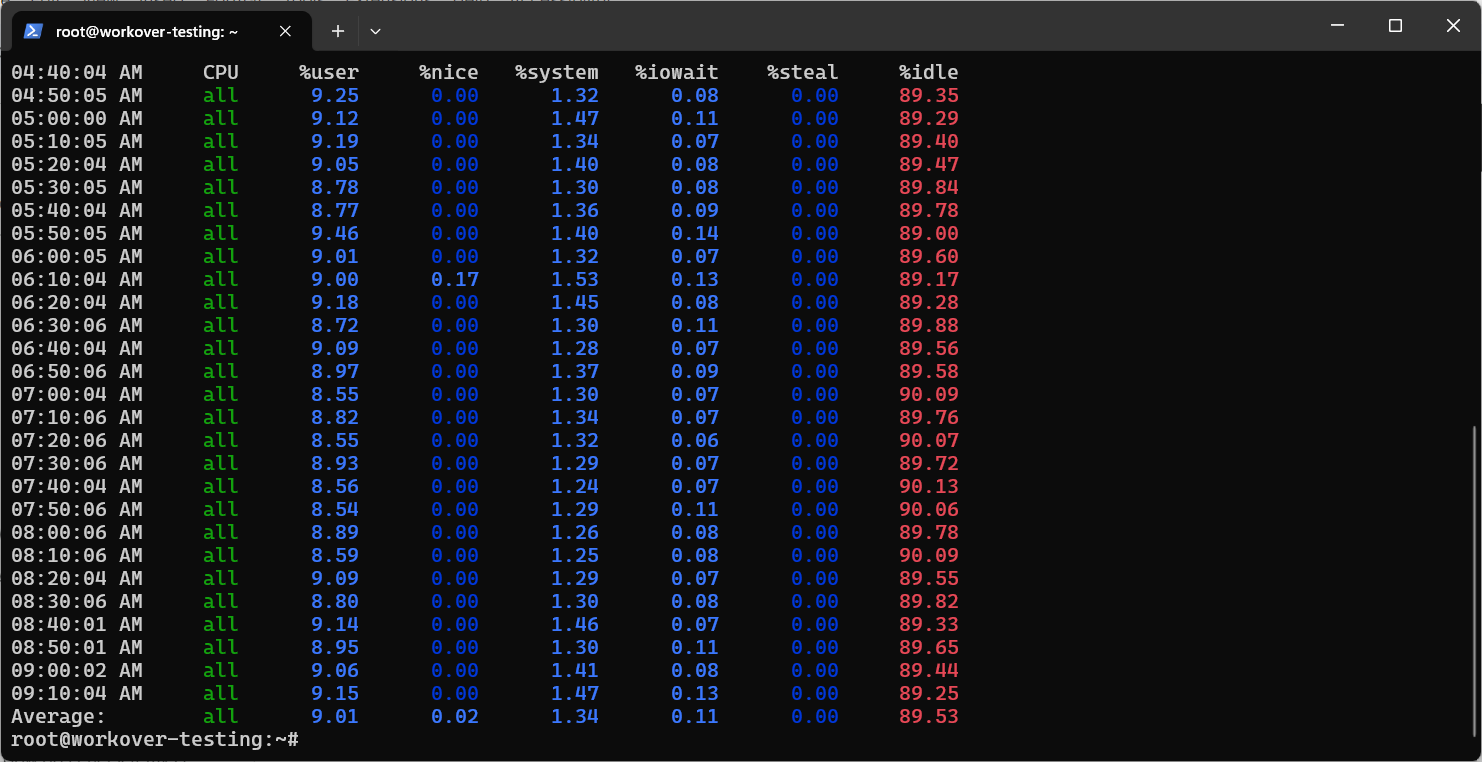
Track Resource Utilization: Monitor CPU, memory, disk IO, and network bandwidth using tools like htop, Netdata, or Elastic Observability. This ensures your hardware is not the limiting factor in throughput tests.
Monad’s high block gas limits (currently 150 million gas per block in testnet) mean your contracts can handle more complex operations or higher transaction volumes without hitting immediate scaling ceilings. This is ideal for DeFi protocols, NFT marketplaces, or any application where performance is paramount.
Optimizing EVM Clients for Parallel Execution
Forking an EVM client for Monad isn’t just about copying code, it’s about tuning for a new paradigm. To take full advantage of parallel execution:
- Profile Your Workloads: Identify contract calls or transaction types that can be executed independently.
- Batch Non-Conflicting Transactions: Group transactions with no shared state dependencies to maximize multi-core utilization.
- Monitor Resource Utilization: Use system monitoring tools to ensure CPU cores are saturated during peak loads.
- Avoid Unnecessary State Collisions: Refactor contracts to minimize overlapping state writes where possible.
This approach ensures you’re not just porting your app, you’re upgrading it to thrive in a high-performance environment.
Key Takeaways for Monad Developers
The opportunity on Monad isn’t limited to raw speed. It’s about ecosystem leverage: Ethereum compatibility means you inherit the world’s most mature smart contract tooling while gaining access to a modern execution layer purpose-built for scale. Whether you’re migrating an existing dApp or launching something entirely new, here are some essential points:
- No Rewrite Required: Deploy existing Solidity contracts directly, no need to learn a new VM or language.
- Ecosystem Interoperability: All major Ethereum libraries and wallets work out of the box.
- Sustainable Scaling: As demand grows, Monad’s parallelism ensures your infrastructure keeps pace without constant re-engineering.
The future of high-throughput dApps lies at the intersection of Ethereum compatibility and architectural innovation, and right now, that intersection is called Monad.
If you’re ready to push the boundaries of what EVM applications can do, there has never been a better time to start building on Monad. For further reading on developer best practices and technical documentation, visit the official Monad developer briefing.
